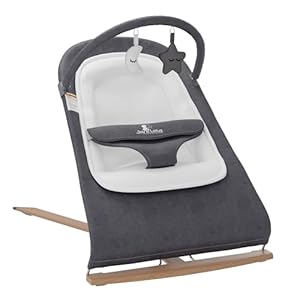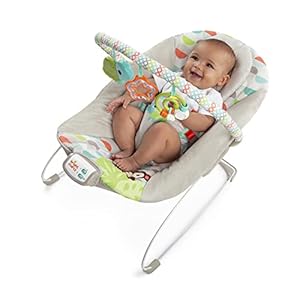
Ensuring your child’s safety in the car is not just about having a car seat; it’s about using it correctly. From choosing the right seat to securing your little one properly, there are crucial steps every parent should be aware of. But did you know there’s one frequently overlooked aspect that could make a significant difference in an emergency situation? Let’s uncover this essential tip that can enhance your child’s safety while traveling in a car.
Choosing the Right Car Seat
When selecting a car seat for your child, prioritize safety features over aesthetics and price. Your child’s safety is paramount, so focus on finding a car seat that meets all the necessary safety standards. Look for features like a five-point harness, side-impact protection, and energy-absorbing foam. These elements can significantly reduce the risk of injury in case of an accident.
Consider the age, weight, and height of your child when choosing a car seat. Make sure it’s appropriate for their size to provide optimal protection. Remember that rear-facing seats are recommended for infants and young toddlers as they offer the best support for their developing bodies.
Check for the expiration date of the car seat to ensure it’s still safe to use. Over time, materials can degrade, impacting the seat’s effectiveness in a crash. Additionally, avoid purchasing second-hand car seats unless you’re certain of their history and that they haven’t been involved in any accidents. Your child’s safety is worth the investment in a quality car seat.
Installing the Car Seat Correctly
Ensure you properly secure the car seat in your vehicle to maximize your child’s safety on the road. Start by carefully reading both the car seat manual and your vehicle’s owner’s manual.
The car seat should be tightly installed in the back seat, as it’s the safest spot. Use either the seat belt or the lower anchors and tether to secure the car seat, but never use both systems simultaneously. The car seat shouldn’t move more than an inch in any direction once installed.
Make sure the harness straps are at the correct height – at or below your child’s shoulders for rear-facing seats and at or above the shoulders for forward-facing seats. Double-check the recline angle; most rear-facing seats require a specific angle for optimal safety.
Lastly, always register your car seat with the manufacturer to stay informed about any recalls or safety updates. Remember, a properly installed car seat is crucial for your child’s safety in the event of a crash.
Securing Your Child in the Car Seat
Properly fasten the harness straps to securely restrain your child in the car seat. Make sure the harness lies flat against your child’s body without twists. The straps should be snug enough that you can’t pinch any excess webbing at the shoulders. Adjust the chest clip to armpit level to keep the harness straps in place.
Remember, the harness should be at or below your child’s shoulders for rear-facing seats and at or above the shoulders for forward-facing seats. Avoid bulky clothing that could compress in a crash, leaving the straps too loose. Position the chest clip at armpit level to prevent the straps from sliding off the shoulders.
Ensure the harness is snug and secure every time your child is in the car seat. By taking these steps, you can help protect your child in the event of a collision.
Regularly Checking and Maintaining the Car Seat
Regularly inspecting and maintaining your car seat is crucial for ensuring its continued safety and effectiveness. Start by checking the tightness of the seat’s installation in your vehicle. Wiggle the car seat at the base to ensure it doesn’t move more than an inch in any direction.
Verify that the harness is snug and secure around your child, with no twists or slack. Inspect the straps for any signs of wear or fraying. Clean the car seat regularly, following the manufacturer’s instructions. Use a damp cloth to wipe down the seat and harness, avoiding harsh chemicals that could compromise the materials.
Check the expiration date of your car seat and replace it if necessary. Keep an eye out for recalls or safety updates from the manufacturer. By staying proactive and vigilant in maintaining your car seat, you can help ensure your child’s safety on every car ride.
Baby products














